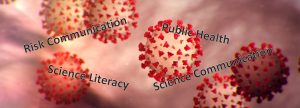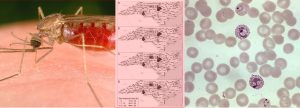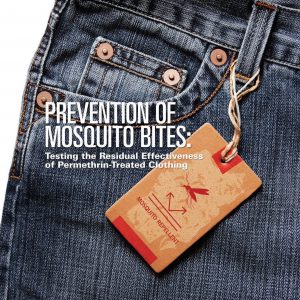Sousan S, Iverson G, Humphrey C, Lewis A, Streuber D* and Richardson L (2021). High-frequency assessment of air and water quality at a concentration animal feeding operation during wastewater application to spray fields. Environmental Pollution 288: 117801.
This work is one of the first to evaluate PM2.5 and water quality on a confined animal feeding operation that uses a capped lagoon. Environmental Pollution has a Clarivate analytics Impact Factor of 8.071 and a Scimago h-index of 227.
Abstract
Air and water quality at a concentrated animal feeding operation (CAFO) in Eastern North Carolina that uses a covered lagoon and anaerobic digester was evaluated for 2 weeks in August 2020. Real-time PM2.5 mass concentrations were determined using a reference ADR-1500 nephelometer and high-frequency measurements of dissolved inorganic nitrogen (DIN) were evaluated using autonomously logging sensors. Air and water quality parameters were assessed before, during and after wastewater from the lagoon was irrigated onto adjacent spray fields. Reference measurements were conducted alongside a HOBO weather station to collect real-time wind speed and direction, temperature, and humidity measurements. PM2.5 concentrations varied between 0 and 159 μg/m3 with an average concentration of 11 μg/m3, below EPA standard for secondary aerosols of 15 μg/m3. Higher PM2.5 concentrations were observed when wind originated from swine barns but not from covered lagoons. Water quality data showed that DIN concentrations downgradient from the CAFO were elevated relative to upstream concentrations. A groundwater seep that drains a spray field contained the highest average DIN concentration (31.0 ± 12.8 mg L−1), which was 25 times greater than upstream DIN concentrations (1.2 ± 0.8 mg L−1). Average DIN concentration at the downstream station was lower than the seep concentration (8.6 ± 16.2 mg L−1), but approximately 8 times greater than upstream. Air quality data show that the lagoon cover was effective at mitigating air quality degradation, whereas DIN concentrations in water were similar to previous studies on CAFOs using open lagoons. In addition, air and water quality parameters were significantly (p < 0.001) higher after irrigation, indicating possible influence due to ammonia and nitrate elevation. Additional research is needed to compare high-frequency data collected from swine CAFOs using capped and uncapped lagoon systems to better understand spatiotemporal air and water quality trends of this practice.
*Dillon Streuber is a graduate student of the ECU MS Environmental Health (MSEH) Program.



